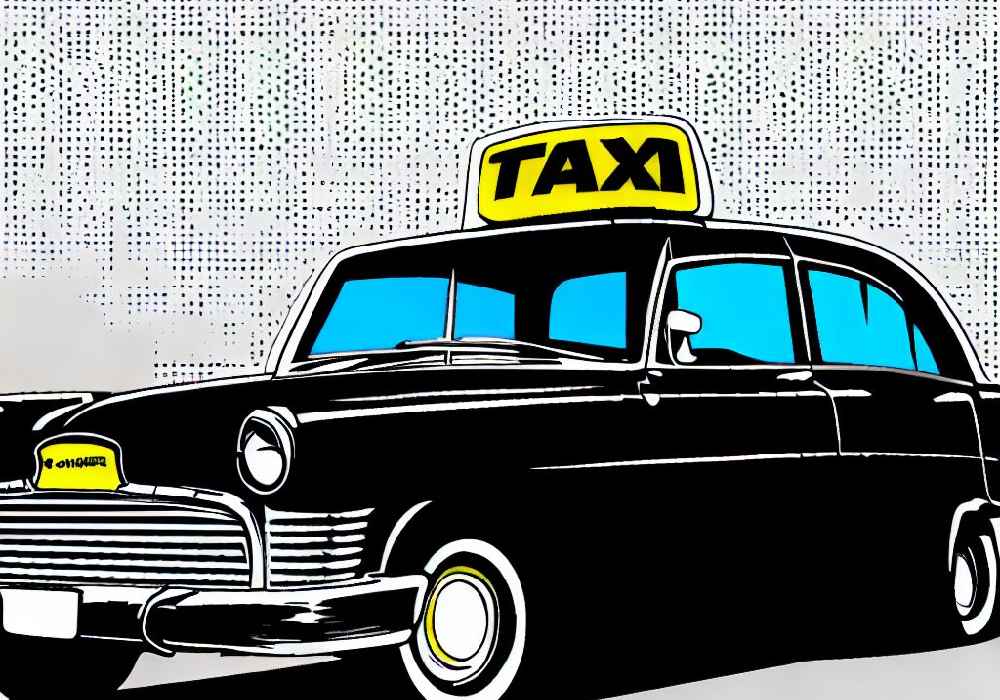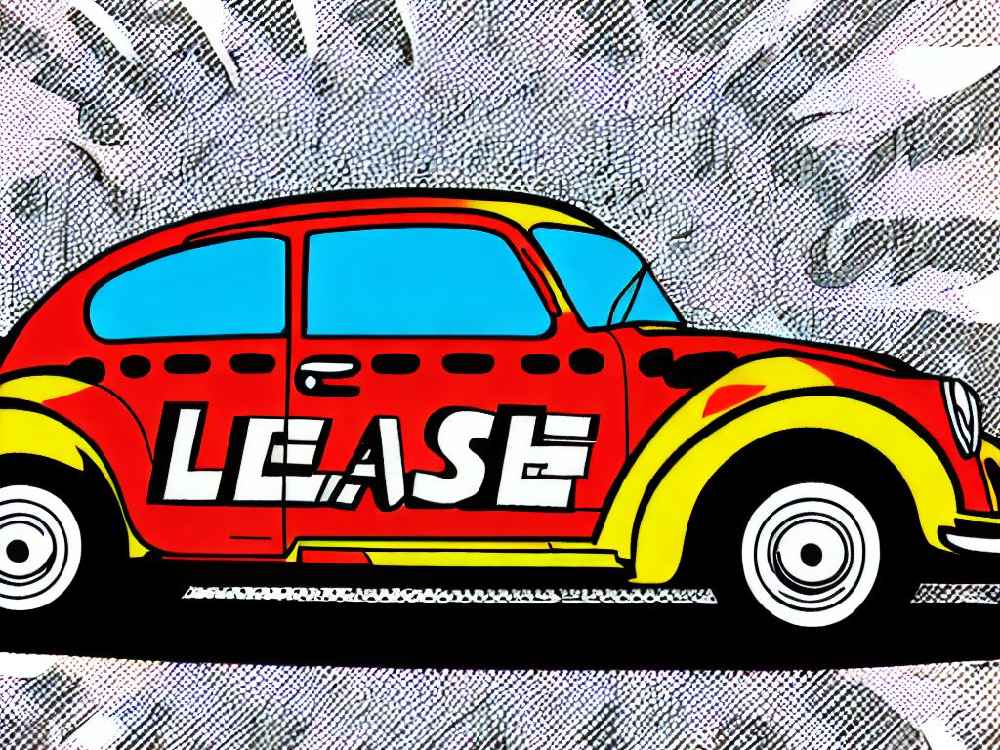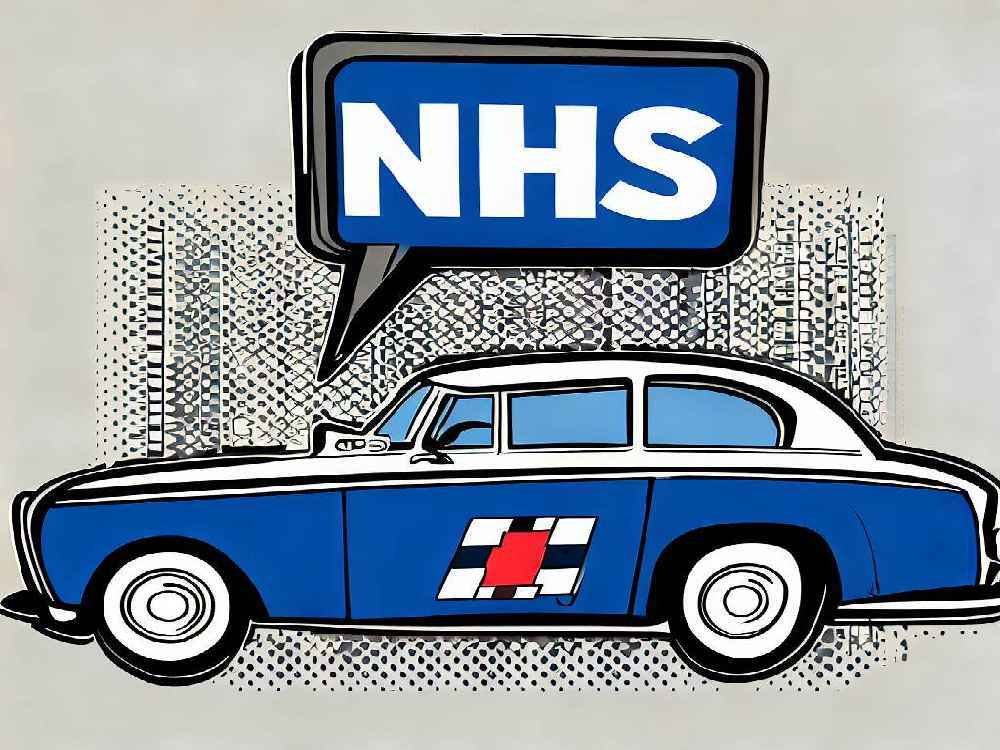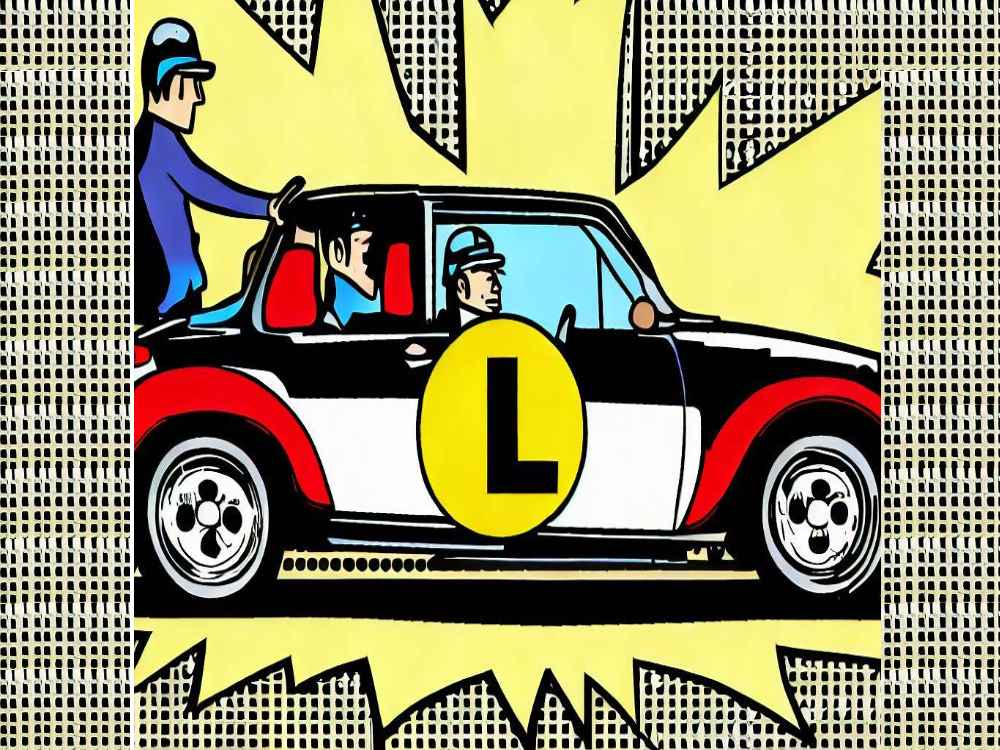Introduction
Cheaper Car Insurance at 25.
Ever wondered about the fluctuations in car insurance premiums with age?
You’re not alone.
There’s a common belief that turning 25 is a significant milestone in the world of car insurance.
Is there any truth to it?
Let’s delve deep into car insurance in the UK and understand how age can influence your premiums.
In this guide, you’ll learn:
- Trends in car insurance with age.
- The reasons behind sky-high premiums for younger drivers.
- The perks of reaching the “Golden Age” of 50-60 in car insurance.
Cheaper Car Insurance Costs By Age
Car insurance and age – they share a unique relationship.
Is Cheaper Car Insurance at 25?
Noticed how younger drivers, especially those under 25, often complain about hefty premiums?
There’s a reason for that.
Analysing the data reveals a pattern.
Those under 25, especially newbies with fresh licenses, feel the pinch more than older folks.
But as you approach 25, there’s a silver lining.
Premiums start showing a downward trend.
For an exhaustive look at age-specific premiums, especially for new drivers, click here.
Why Do Younger Drivers Pay More?
Ever wondered why insurance companies charge younger folks more?
It’s not out of the blue.
There’s solid reasoning behind it.
Firstly, let’s talk stats.
Younger drivers tend to be accident-prone.
A mix of inexperience and, at times, overconfidence can be a dangerous cocktail.
For insurers, this age group is like playing with high stakes – they’re a risky bet.
Hence, the inflated premiums.
Next, there’s the topic of the no-claims bonus.
A significant bonus is like a badge of honour, signalling accident-free years.
But young drivers?
They’re just starting, with no such badges to flaunt.
Seeking more insights into the hurdles young drivers face?
Check out this comprehensive guide here.
The Golden Age For Cheaper Car insurance: 50-60
Feeling disheartened as a young driver?
Hold on.
There’s light at the end of the tunnel.
The age range of 50-60 is often dubbed the “Golden Age” in car insurance circles.
Why, you ask?
Premiums take a joyous dive here.
Decades of driving experience and impressive no-claims bonuses paint a rosy picture for insurers.
It’s the sweet spot – a culmination of years of careful driving.
Keen on understanding the privileges that await drivers in this age segment?
Dive into this detailed article here.
To wrap it up, driving is both an art and a responsibility.
Your age and the associated driving experience play a pivotal role in determining insurance premiums.
Stay safe on the roads, keep your insurance updated, and know that cost-effective days are on the horizon.
Minor Increases Post-60
The journey doesn’t end at 60.
The insurance saga continues.
You might be wondering:
Does the downward trend in premiums continue as we age beyond 60?
Not exactly.
While the golden years between 50 and 60 offer the best rates, things start to shift post-60.
Why is this so?
Let’s look at it from the insurer’s perspective.
As drivers age, their reaction times may decrease, and health-related issues might pop up.
Both factors could increase the potential for accidents.
Thus, premiums may witness a slight uptick.
It’s a gentle reminder that risks associated with driving evolve throughout life.
A detailed analysis of the intricacies of car insurance post-60 can be found here.
No-Claims Bonuses: The Game Changer
You’ve heard of it.
The coveted no-claims bonus.
But why is it such a big deal?
For starters, this bonus signifies a year (or more) without any claims against your insurance.
This not only paints a positive picture of your driving habits but also signals to insurers that you’re less of a risk.
So, what’s the catch?
The longer your no-claims streak, the better your discount.
And this streak?
It’s a direct influencer on those all-important premiums.
The nitty-gritty of how no-claims bonuses impact your car insurance is dissected here.
Premiums: A Direct Link To Risk
It all boils down to risk.
Insurers operate on probabilities and statistics.
The higher the risk associated with a driver, the steeper the premium.
You’ve already learned about young drivers and their perceived risk.
But that’s just the tip of the iceberg.
Factors like vehicle type, location, occupation, and even credit scores play into this risk game.
The key?
Understanding how you’re perceived in the eyes of insurers.
Grasping the factors that contribute to this risk will help you navigate and, possibly, mitigate those hefty premiums.
For a deeper dive into the world of risk and insurance, click here.
Tips & Tricks For Cheaper Car Insurance
Insurance doesn’t have to be puzzling.
With the right strategies, you can find your way through this maze and snag cost-effective premiums.
Here are some pro-tips:
Telematics
An innovative solution, especially for young drivers. It’s a device that tracks your driving habits, offering insurers a more detailed view of your abilities on the road. More on this here.
Over-25 Named Driver
Adding an older, more experienced driver can shave off some pounds from your premium. However, ensure you’re not fronting, which is illegal.
Vehicle Choice
Choose a car from a low insurance group. It’s simple – the lower the insurance group, the cheaper the insurance. Check out the top 10 cheapest cars to insure in 2023 here.
Payment Plans
It might seem tempting to split your insurance premium into monthly payments. But remember, paying annually often works out cheaper in the long run.
Hungry for more tips?
Head over here for an arsenal of strategies to trim your premiums.
Conclusion
In a nutshell, car insurance is a journey.
As we navigate through different stages of life, our premiums evolve.
Whether you’re a young driver grappling with inflated rates or someone in the golden age enjoying discounted premiums, the key is understanding and adapting.
With the right knowledge and strategies, affordable, cheaper car insurance is within reach.













